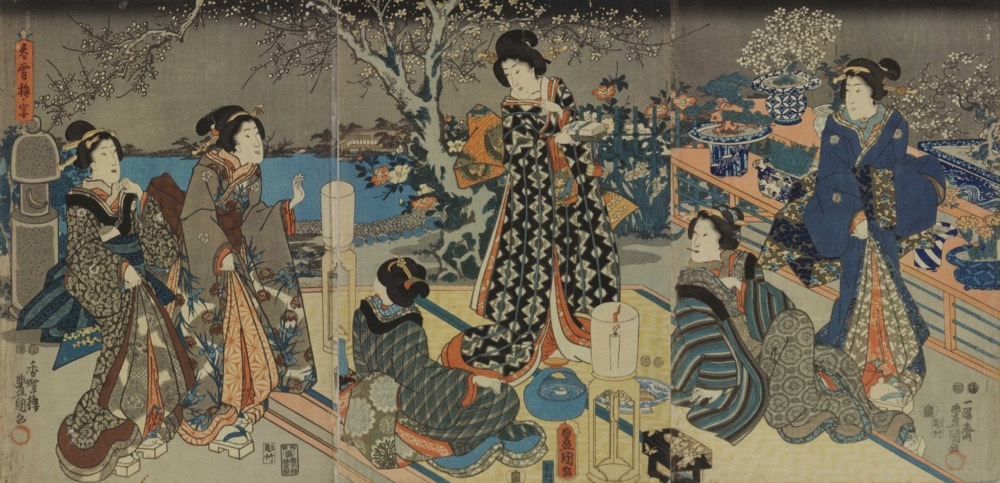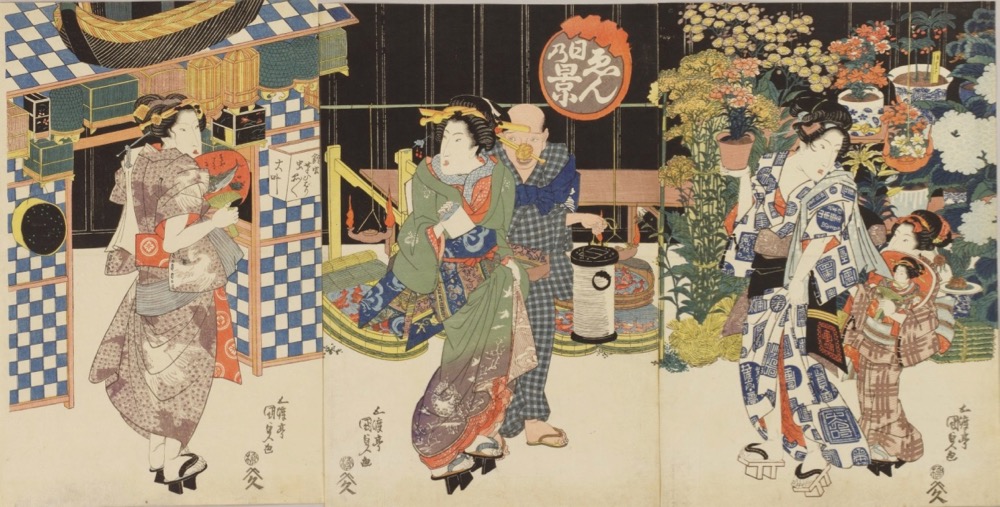Definition of BONSAI
Bonsai is a Japanese term formed from two Chinese characters: the first reads as bon meaning “tray” or “dish,” while the second, pronounced sai, signifies “tree.” The word can thus be translated as “tree planted in a shallow pot.” This description, however, does not adequately convey the cultural and spiritual significance of bonsai in Japan.
The Japanese term “bonsai” was coined only around two centuries ago. But ancient paintings and scrolls reveal that the art form itself has roots in Chinese horticultural practices followed some 1,300 years ago and introduced to Japan in the Kamakura period (1185–1333) along with Zen Buddhism. The word used at this point was bonsan, with the “-san” signifying the mountain-shaped stones used together with the miniature trees to create compact, landscape-like dioramas, scenes for meditating upon the natural world and the meaning of existence.
Bonsai today has that same objective of condensing nature into a small, portable form that, through careful cultivation, expresses the sensibility of the artisan while maintaining the living, natural plant. For laymen especially, bonsai often brings to mind a certain upright form, but a vast range of trees may be utilized. What defines bonsai are the techniques, developed over the centuries to keep trees growing healthily at a vastly reduced size and scale for the purpose of artistic expression and appreciation.
This English-language text was created by Japan Tourism Agency.









